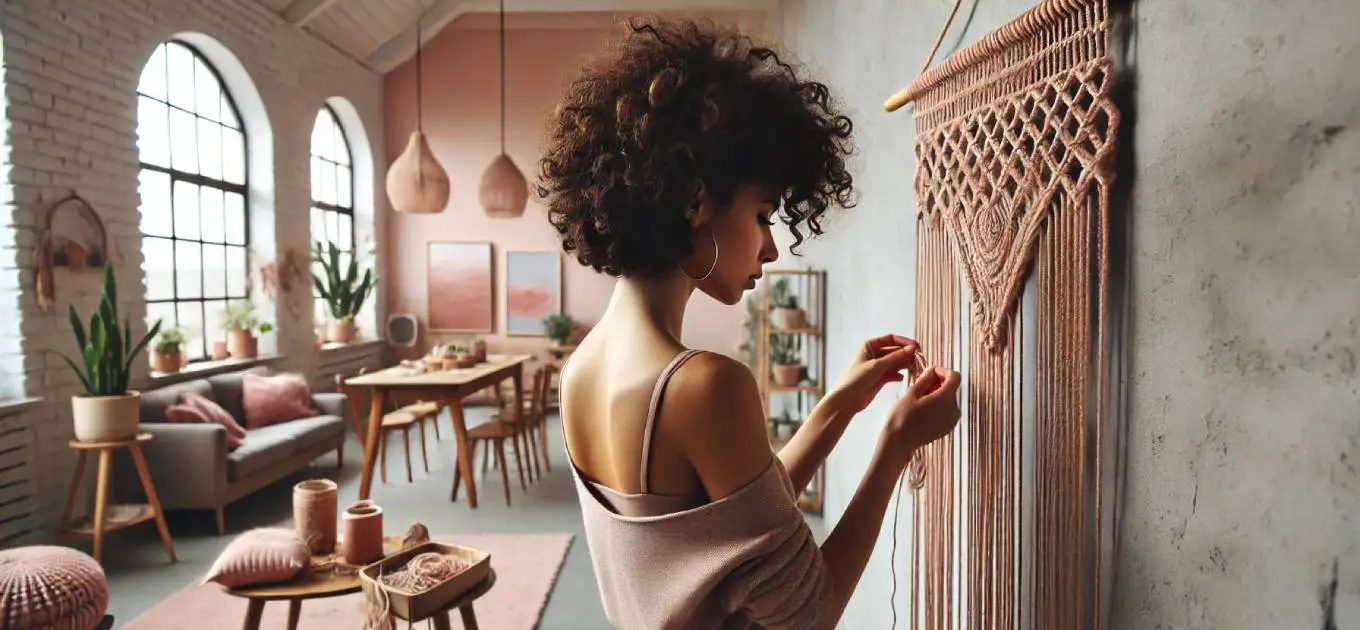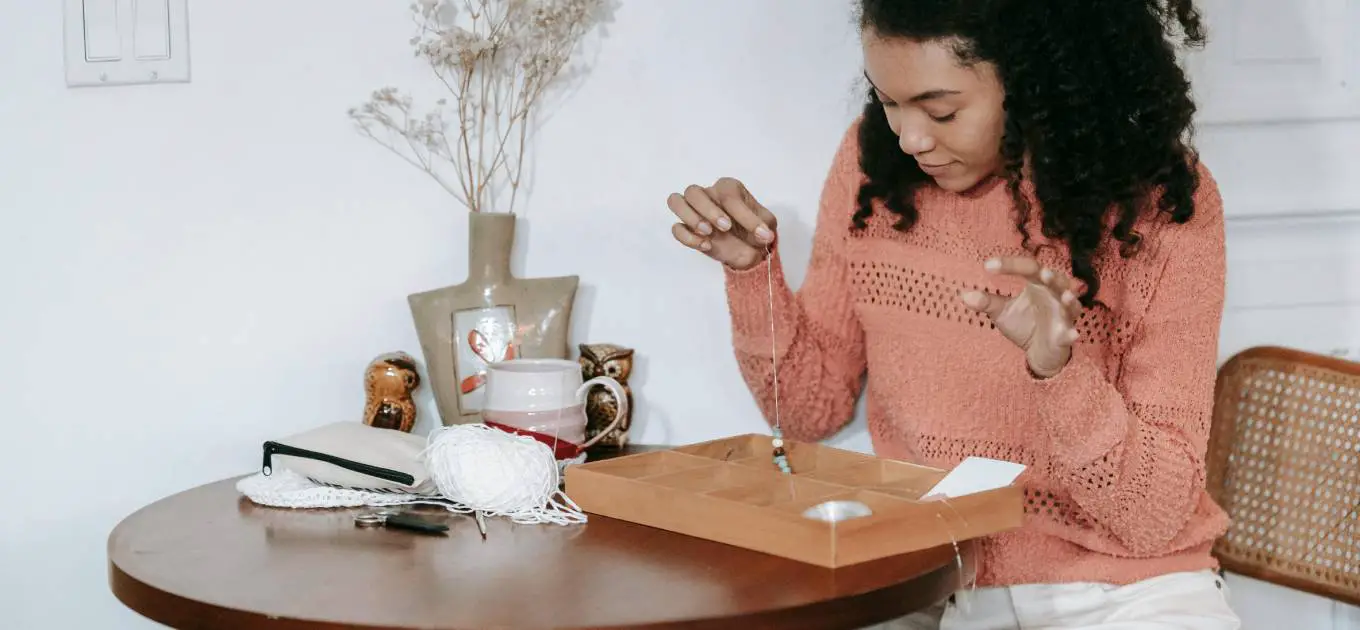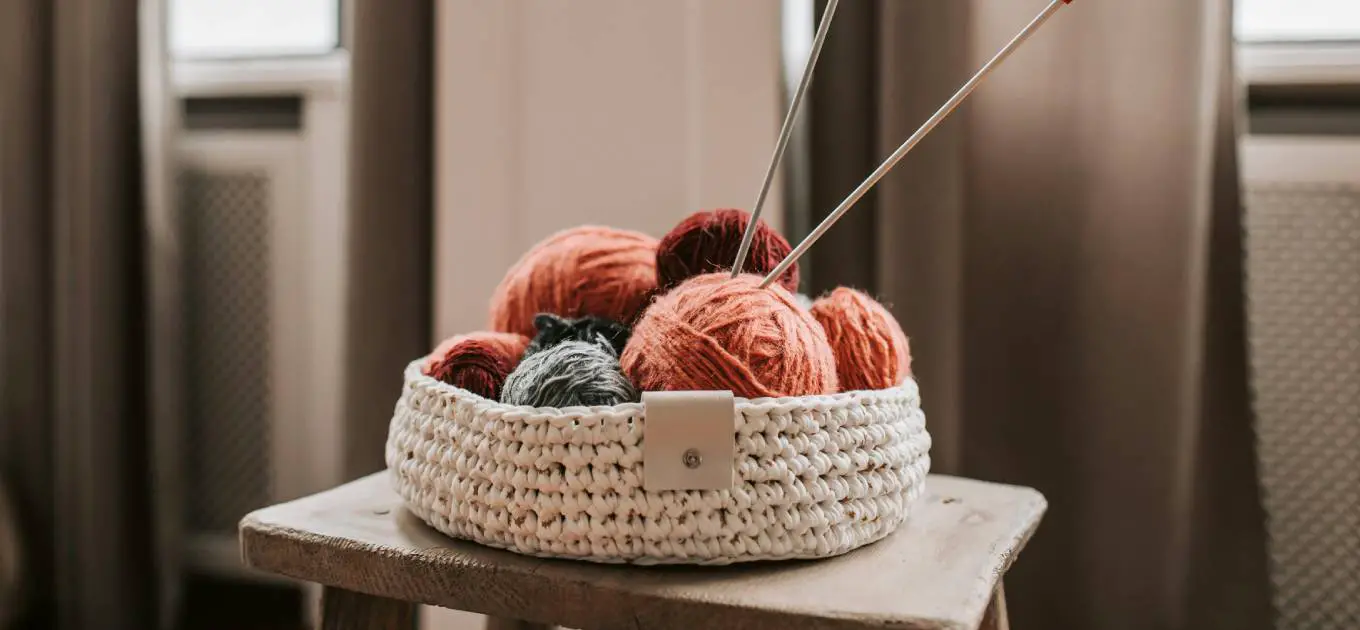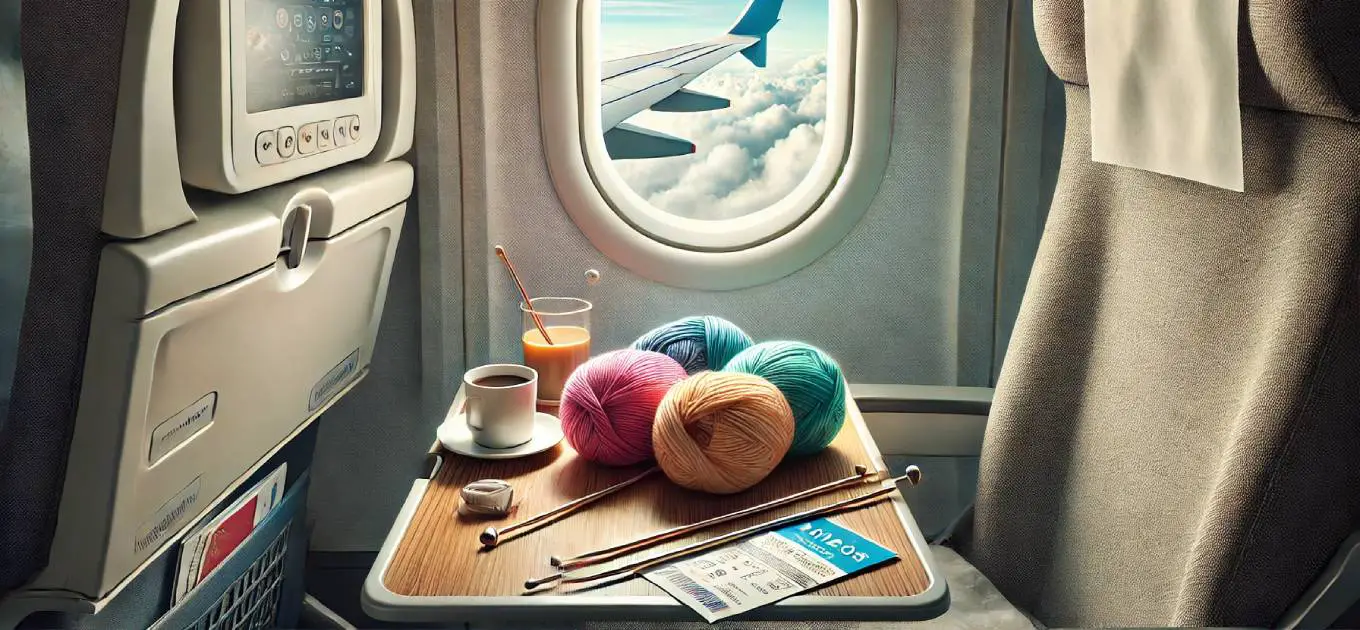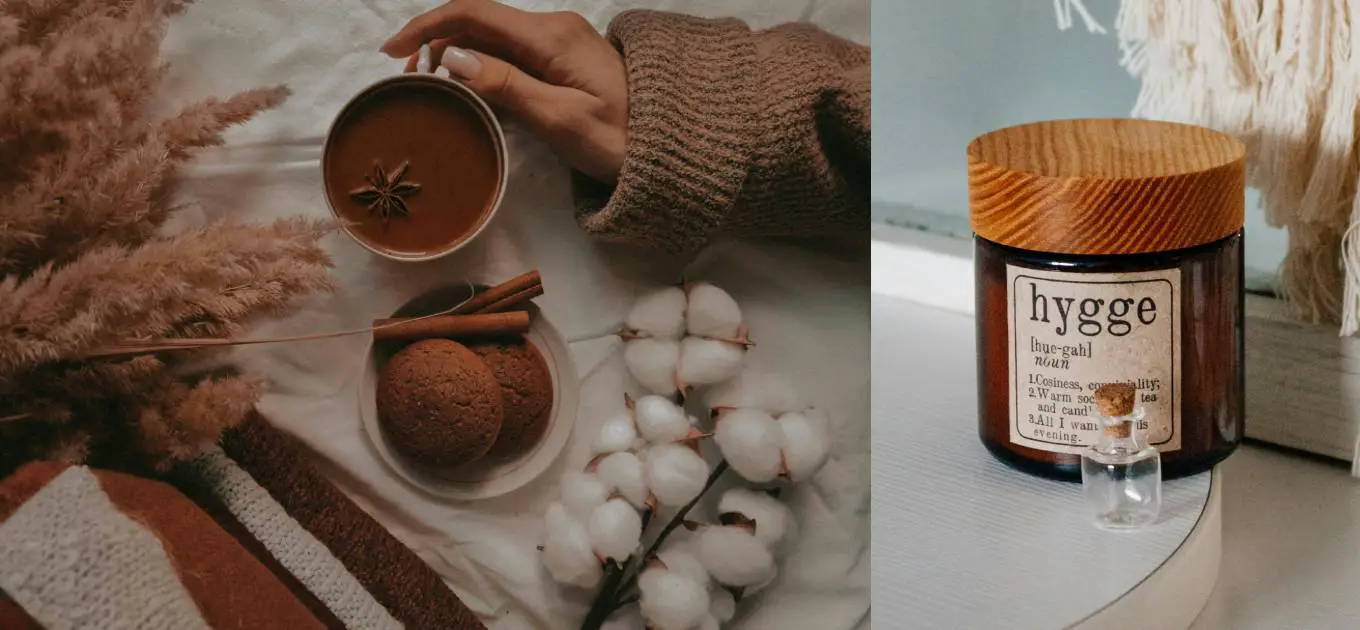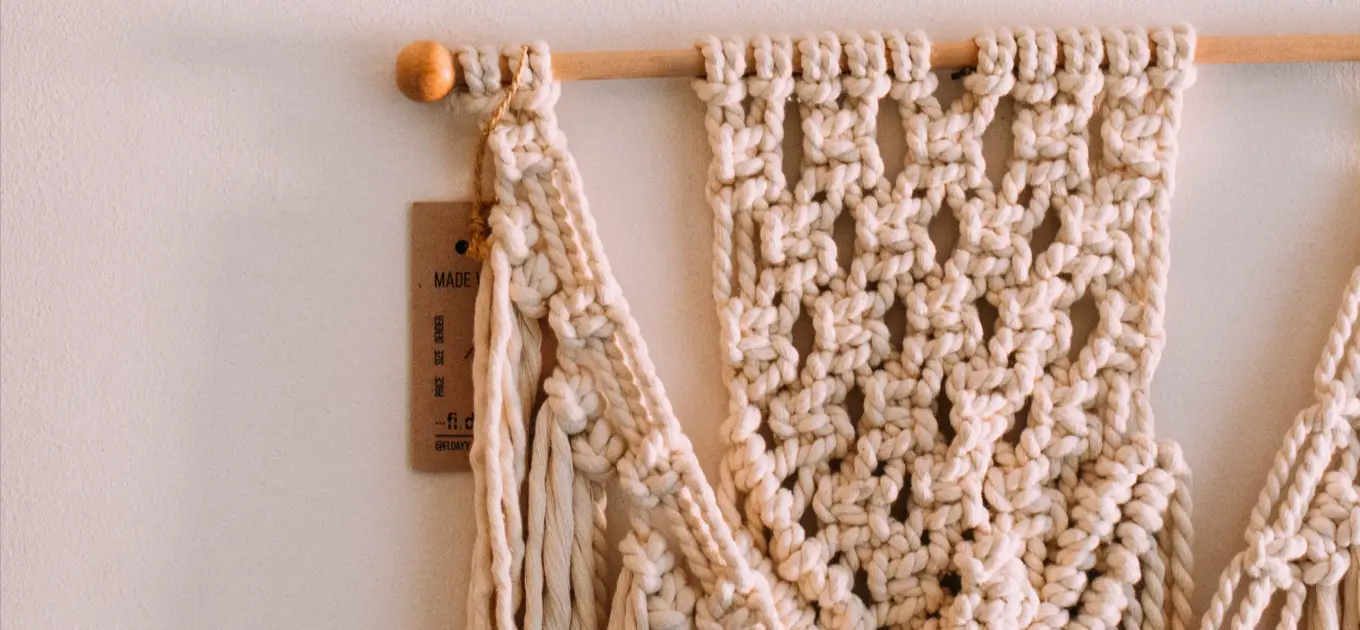
Why is Macrame so popular?
September 9, 2023 by Kate
You know, it’s funny how trends from the past have this knack for coming back around. I remember hearing stories from my parents about their adventures in the 70s – a time when bell-bottoms, vinyl records, and yes, even macramé, were all the rage!
What stood out to me the most was my mum’s dark red macramé lampshade, a DIY masterpiece that hung proudly in our hallway. It was a symbol of her creativity and resourcefulness, and it’s a memory that’s stuck with me since my youth. I was always amazed that she had made it herself!
Now, as I observe the resurgence of macramé in today’s world, I can’t help but wonder, why is macramé so popular once again? Let’s take a dive into the depths of this intriguing revival and explore what makes macramé a timeless craft that continues to capture our hearts.
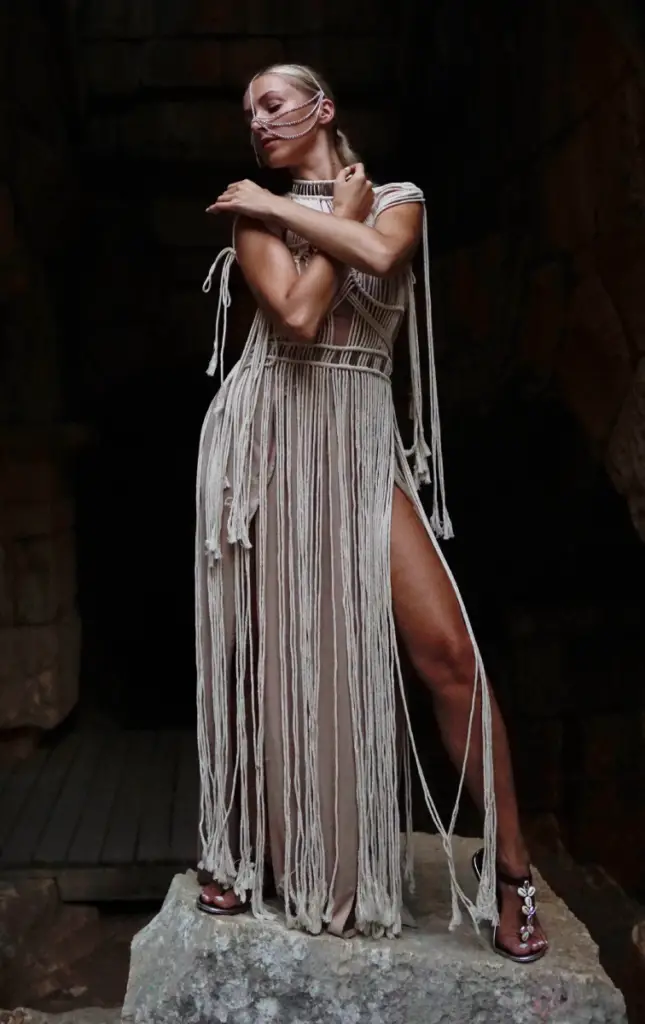
HEYDAY IN THE 70s
The 1970s marked the zenith of macramé’s popularity, coinciding with a cultural shift towards a more holistic and DIY-oriented lifestyle. Macramé provided an accessible and creative avenue for self-expression and home decoration.
In terms of home décor, macramé was ubiquitous during this era, gracing living spaces with plant hangers, wall hangings, lampshades, and room dividers. Its appeal lay in its ability to infuse a touch of nature and handcrafted charm into homes.
What distinguished this macramé boom was its DIY essence. Many learned the art through books, magazines, and local workshops, while craft stores readily stocked macramé supplies. Enthusiasts enthusiastically crafted their own pieces, sharing their creations with loved ones.
Today’s macramé resurgence can be seen as a nostalgic return to the freedom and self-expression of the 70s. People are rediscovering the joy of crafting macramé, bridging generations and keeping this timeless craft alive.
The popularity of macramé in the 70s highlighted its versatility and appeal as a creative outlet, and its revival today reflects a shared desire for hands-on craftsmanship in our increasingly digital world.

REASONS FOR THE RESURGENCE
The resurgence of macramé is a delightful blend of factors. Firstly, there’s a growing appreciation for sustainable, handmade crafts, and macramé’s use of natural materials aligns perfectly with this trend.
Then, there’s the nostalgia factor, drawing in those who remember the 1970s macramé craze and those who simply appreciate a connection to the past.
Social media, especially platforms like Instagram and Pinterest, have played a huge role in this revival. I must admit, I’ve spent countless hours scrolling through Instagram, admiring and liking beautiful macramé projects.
It’s through these platforms that I’ve seen this resurgence firsthand. The macramé community there is incredibly welcoming and inspiring, constantly sharing their intricate designs and encouraging others to join in.
So, from my perspective, the revival of macramé isn’t just about crafting; it’s about finding a sense of connection and creative joy in an increasingly digital world. It’s a testament to the enduring charm of a craft that weaves together nostalgia, sustainability, and the simple pleasure of creating something beautiful with our hands.
THERAPEUTIC ASPECT
Engaging in macramé can be a therapeutic practice that promotes mental well-being. The process of creating intricate knots provides a calming rhythm, fostering mindfulness and reducing stress.
Macramé’s tactile nature has a soothing quality, akin to a form of meditation. The sense of accomplishment from completing a project can boost overall well-being.
Macramé isn’t just a craft; it’s a tranquil journey that can positively contribute to mental health, offering a moment of peace and creative fulfilment. Check out my other blog on ‘Is Macrame good for mental health?’
AFFORDABLE AND SUSTAINABLE
Macramé’s accessibility is a key factor in its popularity. It’s a craft that demands minimal tools and materials, making it an affordable and enjoyable pursuit for both beginners and seasoned crafters. Thanks to the proliferation of online tutorials and resources, mastering macramé is within reach for anyone, opening the door to creating their own unique pieces.
Beyond accessibility, macramé is environmentally friendly and sustainable. In an era where many seek to reduce their environmental impact, macramé shines as a green choice.
Its materials, such as natural cotton or jute, are biodegradable, aligning with eco-conscious values. Moreover, macramé’s ability to up-cycle and repurpose materials offers a meaningful way to minimise waste and contribute to a more sustainable lifestyle.

FINAL THOUGHTS
So, we’ve taken a journey through the world of macramé, from its iconic’ 70s heyday, to its contemporary revival. What makes macramé truly special is its enduring appeal, which we’ve explored from its blend of creativity, mindfulness, to its sustainability.
Now, here’s my friendly nudge to all of you readers: why not give macramé a try? Whether you’re a newbie or a seasoned crafter, there’s an incredible sense of fulfilment in working with knots and cords.
Oh, and next time I visit my mum, I might just casually mention that dark red lampshade from my childhood. Who knows, maybe it will find its way into my home as a cherished macramé memento. Macramé isn’t just about crafting; it’s about crafting memories and connections!

